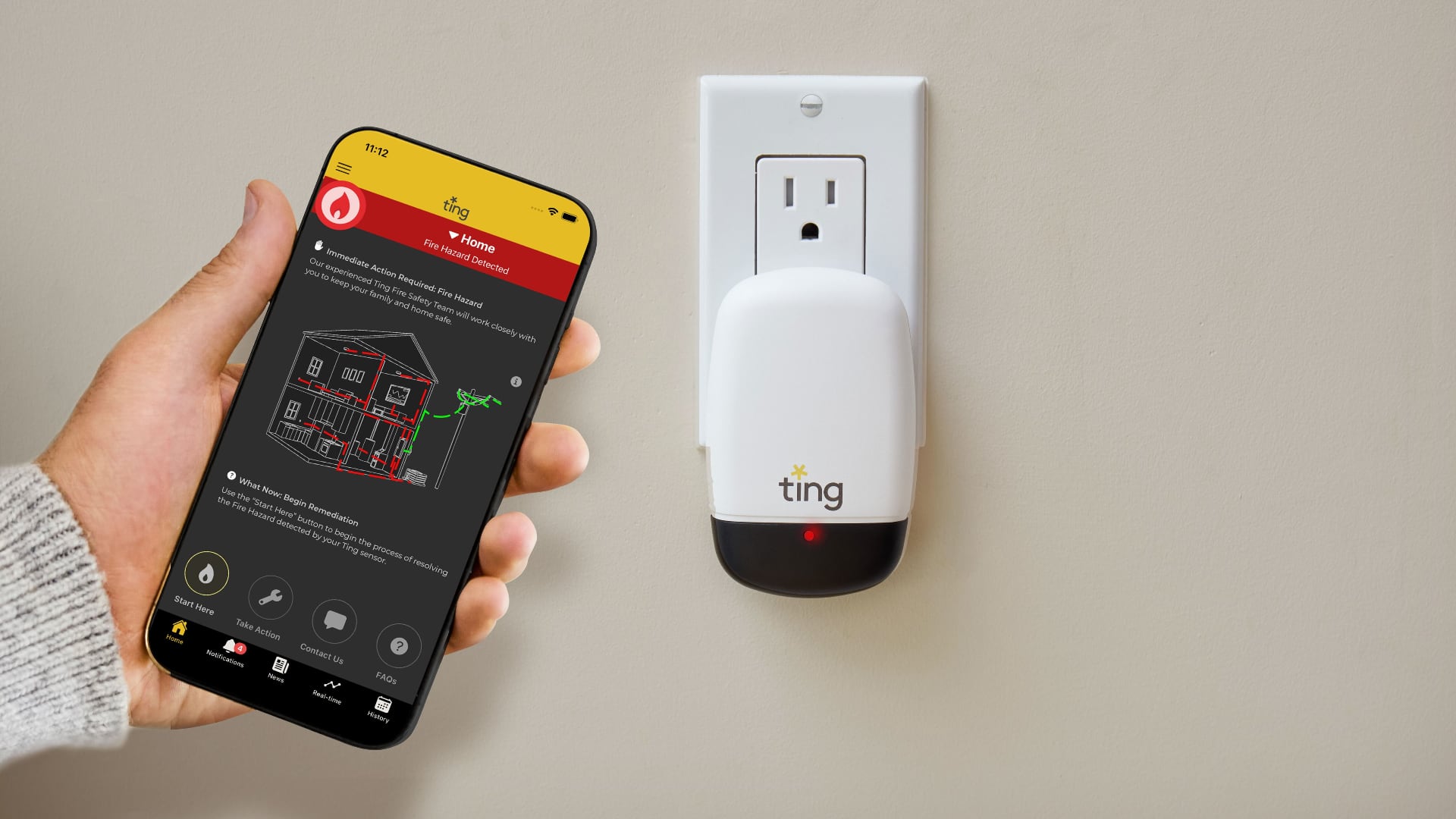The Diem Association, a Meta-led effort to launch a dollar-backed stablecoin and payments system, officially announced that it was throwing in the towel earlier this week.
As one of the most ambitious and high-profile attempts to introduce a wider audience to stablecoins — which, in short, are digital tokens backed one-to-one by an underlying fiat currency or basket of currencies — Diem predictably had a hard time getting lawmakers and regulators on board.
Add in Meta CEO Mark Zuckerberg's penchant for drawing controversy, and for many of those watching in the crypto community, the project seemed doomed from the beginning.
"I think it had significant problems right from the start," said Mary Beth Buchanan, a former U.S. Attorney and chief legal officer at crypto intelligence firm Merkle Science. "When [Diem] was announced in the summer of 2019, it felt like it came from nowhere. There wasn't a lot of preparation to help Congress and legislators understand what the project was about."
Buchanan, who previously worked for the crypto exchange Kraken, recalled working on an industry rating system for crypto assets at the same time that Diem — formerly Libra — was announced. For that relatively modest effort, she said the crypto community was in constant communication with members of Congress and key regulatory agencies. Meta, by contrast, seemed disengaged.
"For a project as big as what Libra wanted to be, you would think they would give Congress a little bit more of a heads up, particularly when your name is Mark Zuckerberg," she said.
Now, after getting pressure from the U.S. Federal Reserve, Meta has sold the Diem Association to Silvergate Capital, which was initially a partner, for $182 million.
"Despite giving us positive substantive feedback on the design of the network, it nevertheless became clear from our dialogue with federal regulators that the project could not move ahead," said Stuart Levey, CEO of the Diem Association, in a statement.
For Meta, the sell-off marks another failed attempt by the social media giant to reinvent its core business model. What it means for other stablecoin projects, however, is still an open question. Is this the beginning of a regulatory crackdown or a one-off miss for a company with a history of big swings?
'Ahead of Its Time'
One argument for why Diem's failure might be a one-off is that no company quite like Meta — which, if you haven't heard, used to be called Facebook — has attempted to launch a stablecoin.
Most stablecoins, such as Tether and USDC, are used almost exclusively to facilitate transactions within the crypto ecosystem. So while lawmakers are concerned about their potential systemic risks, the fact that they are somewhat separated from the rest of the economy makes them less of an immediate concern.
In the case of a Meta-backed stablecoin, that situation would be reversed. With a user base of 2.9 billion monthly active users, Meta could have very quickly impacted the broader payments system.
"If Diem had launched, it would have been used for goods and services in a way that Tether and USDC weren't likely to be," said Hilary J. Allen, a professor of law at American University Washington College of Law who has spoken before Congress on the risks of stablecoins.
She explained that payment systems become more valuable when more people can buy more things with them. This may seem obvious, but it presents a conundrum to would-be stablecoin issuers. Many struggle to get buy-in without widespread use, but it's hard to get widespread use without buy-in.
"There's a real chicken or egg problem when you're trying to start up a payment service, and I don't think that's something that most of the stablecoin issuers can overcome, because getting merchants to accept their stablecoin for real-world goods and services doesn't seem likely," Allen said.
Meta, by comparison, was in a unique position to get customers on board. Indeed, when the Diem Association first launched, some of the biggest players in the U.S. payments system were members, including Visa, Mastercard, Stripe, Paypal, and even major foreign companies such as Vodafone.
Notably, many of them dropped out soon after Zuckerberg met with Congress for the first time to discuss the project, and it became clear that Diem wouldn't be sailing past regulatory gatekeepers.
This is where Meta/Facebook's reputation arguably hurt its chances. Given the lack of precedents, Meta had its work cut out to explain its goals to lawmakers — the same lawmakers who have duked it out with Meta on multiple occasions over privacy practices to anti-competitive behavior.
"Facebook's history has also not been helpful here, in terms of having that background of trust," said Katherine Dowling, general counsel at Bitwise Asset Management. "It almost reminds me of a James Bond plot: the evil Meta coming to get everybody and destabilize currencies."
A more generous interpretation is that Diem simply came along too early, and that the industry in general has gotten a lot better at communicating with Congress and doing its due diligence.
"It was a little bit ahead of its time," Dowling said. "Because they were charting a new course, I think they came across more obstacles than they would have if they started later on."
Next Steps
But Diem's relatively unique position doesn't mean other stable coins are off the hook. With at least two stablecoin congressional hearings planned for February alone, lawmakers are clearly keen on putting the spotlight on the industry.
"The major issuers of stablecoins are already on the hot seat," said Sean Stein Smith, a crypto investor and assistant economics professor at Lehman College in New York. "They've already been called out by the White House, Congress, and the Fed as a possible threat to financial stability."
Smith said that issuers should look to the Diem "train wreck" and try to avoid those same pitfalls. Specifically, he said companies should try to get ahead of criticism by doing a better job of reporting what's in their reserves — a major sticking point for the industry — and doing a better job of making the case for why their stablecoins are actually useful outside of the crypto ecosystem.
"There has to be a quantifiable and understandable use case for any of these privately-issued stablecoins," he said. "There has to be some bigger benefit."
One challenge to the potential use-case of stablecoin would be the emergence of a central bank digital currencies (CBDC), which could serve as a public substitute to the kinds of private options offered by Diem.



